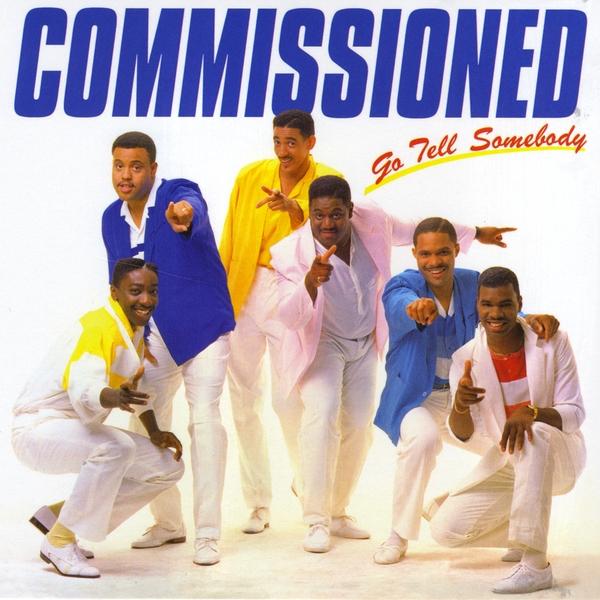
description
ogy to show, including the biggest entry room of any cave in North America, the largest lead deposit in the United States, and the only exposures in the Midwest of a large province of 1.48-billion-year-old granite and rhyolite. Geologic history is still being made here, too. In 1811 and 1812, an unprecedented series of magnitude 7 and 8 earthquakes rocked southeast Missouri, liquefying the floodplain sediments and temporarily blocking the flow of the Mississippi River. In Roadside Geology of Missouri, author Charlie Spencer shows you around the state�from the flat, glaciated plains in the north to the knobs of rhyolite in the St. Francois Mountains in the south, and from the earthquake-formed sand boils on the Mississippi floodplain in the southeast to the layers of coal, shale, sandstone, and limestone on the Springfield Plateau and Osage Plains in the west. With this book as your guide, find out where dinosaur fossils have been found in Missouri, why caves and springs seem to pop up nearly everywhere, and which of Missouri�s mysterious structures were formed by meteorite impacts.
member goods
No member items were found under this heading.
Return Policy
All sales are final
Shipping
No special shipping considerations available.
Shipping fees determined at checkout.







